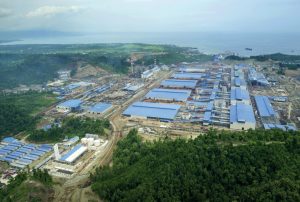
Can HPAL supply enough nickel?
A shortages of highly pure nickel is driving major new investment in high pressure acid leaching plants, especially in Indonesia, with a significant impact upon sulphuric acid and sulphur demand.

A shortages of highly pure nickel is driving major new investment in high pressure acid leaching plants, especially in Indonesia, with a significant impact upon sulphuric acid and sulphur demand.
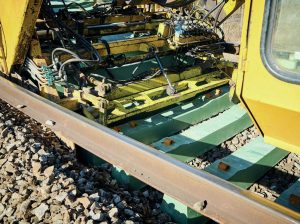
Russia’s invasion of Ukraine, the consequent sanctions imposed by European and North American countries, and fears over further sanctions and a widening of the conflict have had sent a systemic shock through the world trading system. Stock markets dropped sharply, and the Russian rouble lost 30% of its value. The most immediate short and medium term impact is likely to come from Russian banks being cut off from the SWIFT international payment system, making exports of commodities more difficult, although no direct restrictions or embargos have been imposed on Russian products as of time of writing.
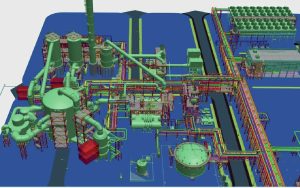
A sulphuric acid plant forms critical material and energy interfaces with other plants in several different types of chemical and metallurgical complexes. Shailesh Sampat of SNC-Lavalin discusses how the acid plant design is customised to match the product mix and the energy requirements of the complex to provide the optimum solution for energy and material requirements.
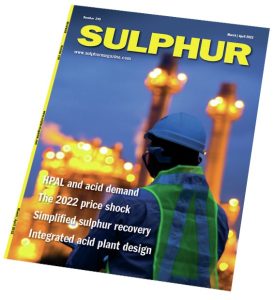
It was supposedly Lenin who said that there were “weeks when decades happen”, and the past few weeks have felt very much like that. The outbreak of conflict in Ukraine has sent shockwaves across the world and may have changed it permanently.
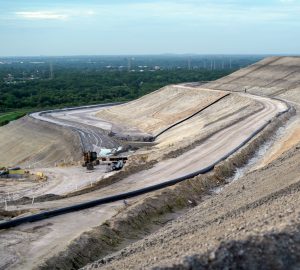
Sarah Fedorchuk, Mosaic’s vice president, government and public affairs, North America, explains how recycling phosphogypsum from Florida can help America compete globally.

State-of-the art technologies offered by thyssenkrupp, Casale and Stamicarbon are helping make nitrates production more secure and sustainable.

Fertilizer International presents a global round-up of phosphate rock, phosphoric acid and finished phosphates projects.
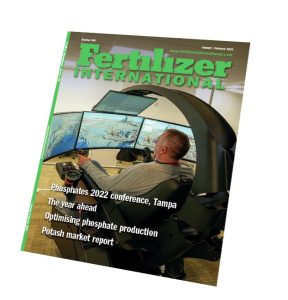
Ammonium nitrate (AN) is valued as a nitrogen fertilizer and mining explosive. Consequently, it is also widely traded and distributed globally. Some 20 percent of the 49 million tonnes manufactured annually is shipped around the world and stored in warehouses at various ports and inland destinations.

Yara and Lantmännen have signed an agreement to bring fossil-free mineral fertilizers to market.

Phosphate manufacturing is being enhanced thanks to process integration, digitalisation and other advances.